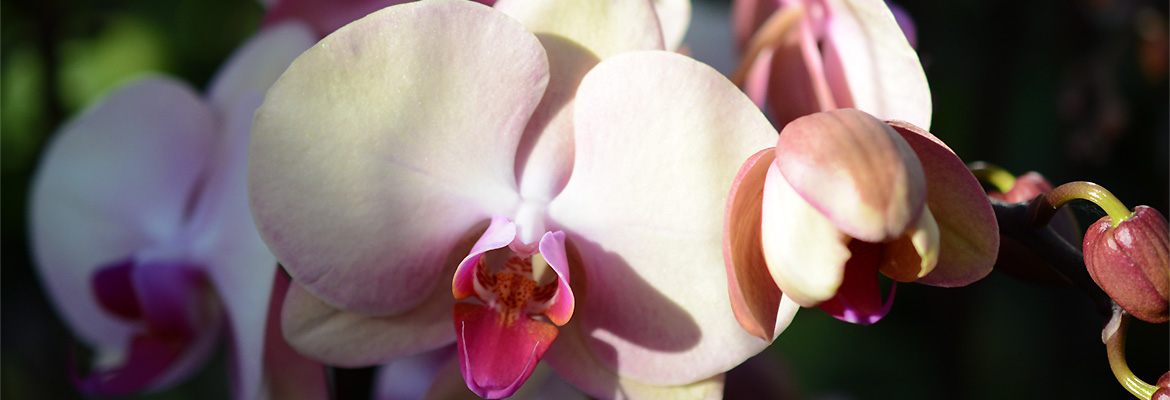
Is Cinnamon Good For Orchids Or Just An Old Wives tale?
Is Cinnamon good for orchids or just an old wives tale?
Here at Pure Beauty, we like to find organic, natural ways to help our orchids be the best they can be. Perusing through the internet, we’ve stumbled upon cinnamon for orchids. Yes, you’ve read that correctly, cinnamon for orchids. The same ingredient you use in hot cocoa or pies can be used on orchid roots. Sprinkling a bit on the roots or creating a paste with isopropyl alcohol, just before repotting the orchid.
‘The Dust orchid roots with ground cinnamon before repotting to prevent disease. The same high humidity that most orchids need for optimal growth can also leave moisture on leaves, which encourages disease. Providing good air circulation around orchids keeps foliage dry and diseases at bay. But if a fungal disease does attack your plants, you need to use a fungicide to nurse them back to health. Before you reach for synthetic chemical fungicides, consider reaching inside your spice cabinet for the best organic remedy — cinnamon.
Orchid Fungal Diseases
Orchids are particularly susceptible to black rot fungal diseases from Pythium and Phytophthora fungi. These pathogens cause leaves to turn black before they die. Diseases progress rapidly and can kill plants unless you treat them with a fungicide in their early stages. Anthracnose (Glomerella and Colletotrichum spp.) moves from leaf tips to bases, turning leaves brown as the infection rots tissue. When Cercospora leaf spot (Cercospora spp.) infects plants, it causes chlorotic leaves, which turn yellow and bear dark spots that enlarge as the disease worsens.
Fungicides
For fungicides to manage a disease, you must begin treatment in its early stages. You may also use them as a preventive measure before diseases takes hold of plants. Many synthetic chemicals are available commercially for orchid diseases, but the American Orchid Society recommends powdered cinnamon as an excellent fungicide. Not only does it kill fungal pathogens, but it is also a safer alternative than synthetic chemicals around children and pets. The U.S. Environmental Protection Agency lists cinnamon as a minimum-risk pesticide, which means that its use has been demonstrated as safe’
Application
If your orchid is infected with a fungus, you must first remove diseased parts before you apply fungicides. Apply ground cinnamon to exposed areas where you removed infected leaves, shoots or roots. You should also treat the surrounding tissue by first wetting dry areas so that the cinnamon adheres. The American Orchid Society suggests mixing cinnamon in oil or casein-based glue to make a thick paste before applying it over wounds and surrounding tissues. This holds the cinnamon next to the wounded surface and creates a waterproof barrier against pathogens. source


Linda PolomAINE
I think it is time to transplant my orchid it is presently in a small plastic cup what size container do I repot in and what materials do I use for repotting?
Kelsey
The right pot should include;
1. An environment that allows their roots to both be “hugged” and “feel” free. You will want to pot your orchids in the smallest pot that the roots will fit in with a little wiggle room for new growth. Typically you would go up an inch or two in diameter of the pot. If they are in 4” we would go to 5, 5.5 or 6” depending on the root zone size.
2. Orchids also need a lot of humidity, which is typically not found in our homes. The “right” pot helps by holding some moisture around the roots. If your orchids does not have healthy roots then you are in trouble! Orchids show their health through new root and leaf growth. The orchid blooming system is in direct result of their root/leaf system.
3. Drainage, drainage, drainage. Without proper drainage – your orchid WILL die. Orchids do not like their root system to be constantly wet, for example setting them in standing water or potting in a pot without a drainage hole.
Mae Martinec
What type of potting medium is best for orchids? Which is best for Succulents?